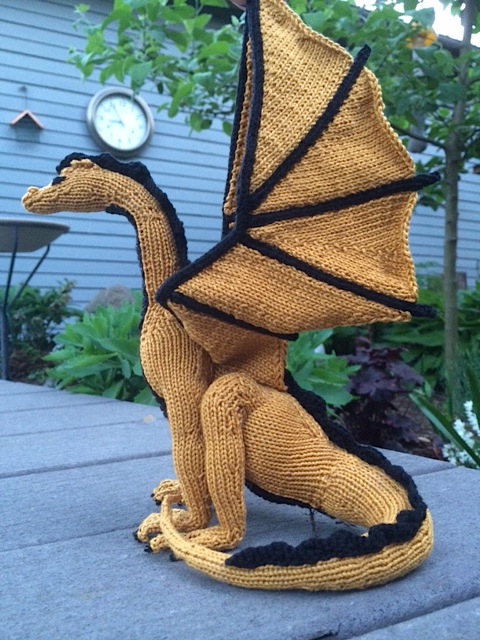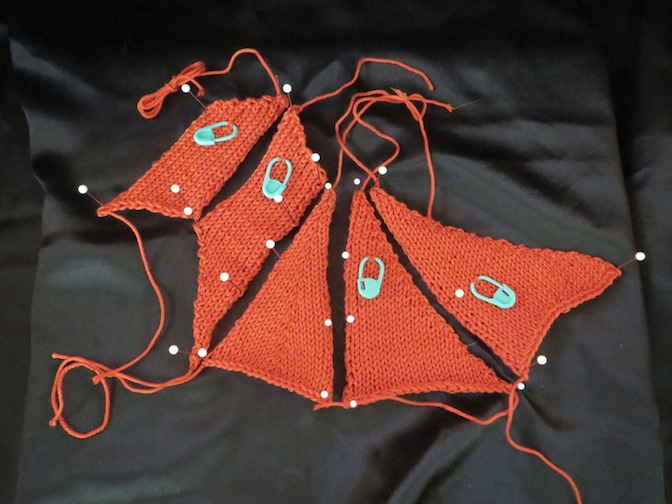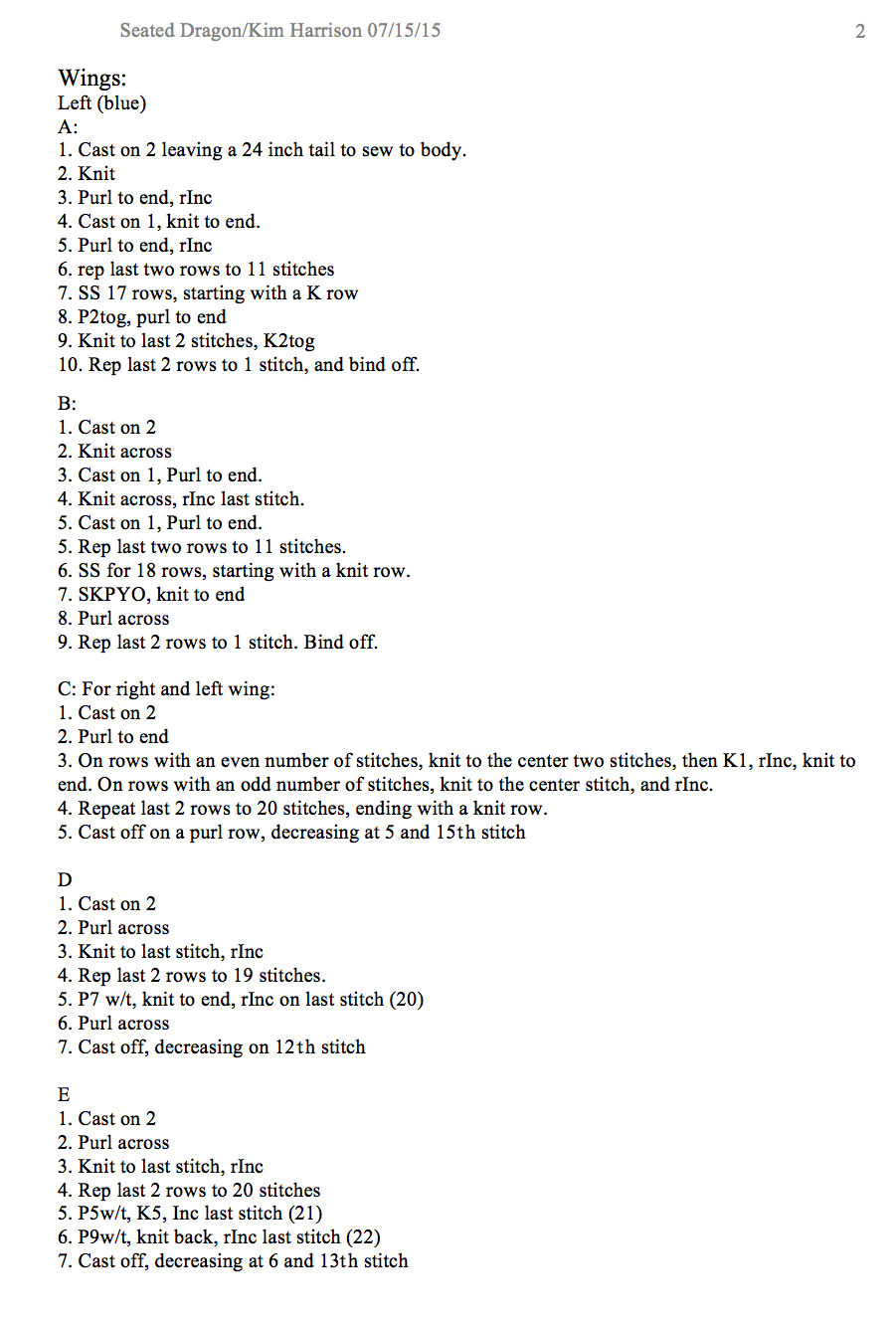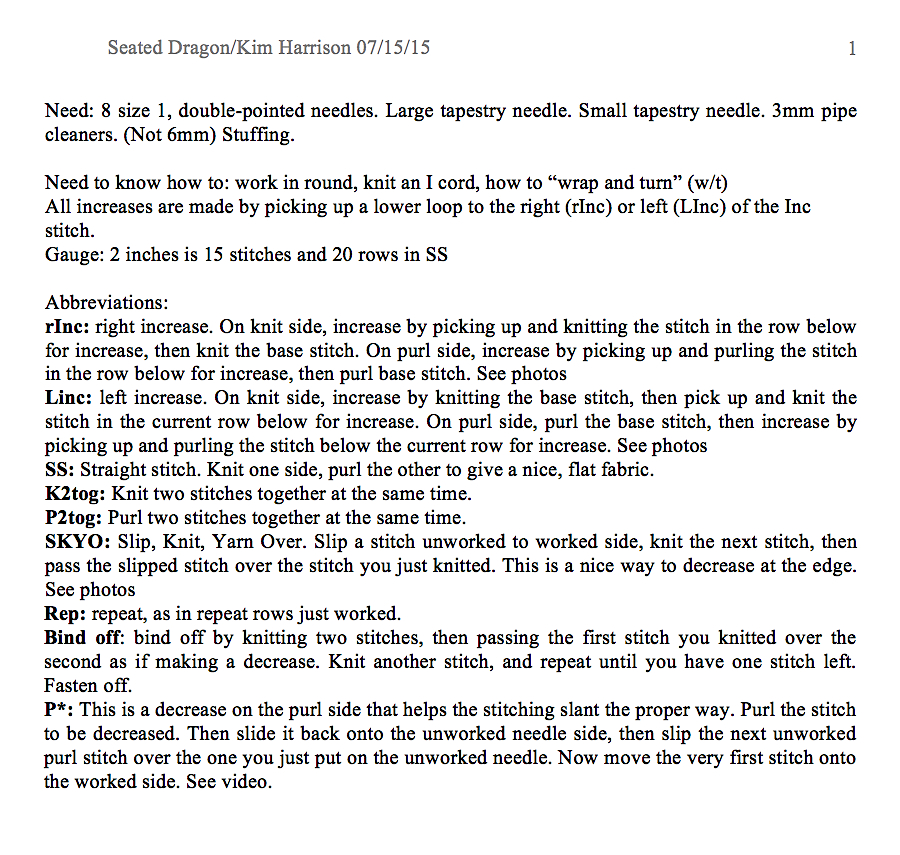It's natural and unavoidable that the people we write about have some of our character traits, likes, and dislikes, even quirks. Rachel often carried some of my "wish the world was this way" to the page. Peri is no different, but she's a lot less like me than Rachel ever was. Peri is more like the dark sibling, and the "wish the world was this way" parts are correspondingly less moral and more sensation oriented. You'll see my appreciation for beautiful, powerful cars in The Drafter, my wish for technology to live up to what technology is supposed to be, a society more oriented to making our footprint smaller and lighter. Peri's world is focused more on sensational gratification than introspective musings, but she does that too.
One thing Peri and do share is, ah, knitting. I'll be honest about it. I'm a lot better at it than her. She has trouble finishing a project, which I didn't realize until book two, but now that I do, she's going to have to realize it as well. Peri and I knit for different reasons--though we both appreciate the zen-like relaxation that comes from quietly using multiple parts of your brain for a complex task made up of simple things. She knits for the meditation--because it's an Opti approved stress relief. I knit more to exercise the problem solving aspect that comes from trying to modify patterns to suit you. Case in point, my Kim Harrison Dragons, my very own pattern from scratch, of which, after over a year of creation, I'm ready to share.
Warning: the pattern below is my own, and because this is not my day-job, the pattern won't have the polish of professionally polished ones.
Supply list / Left wing panels / Right wing panels / Wing bones / Front legs / Back legs / Tail and Hips / Attach legs / Head / Tummy and backridge / Finishing



